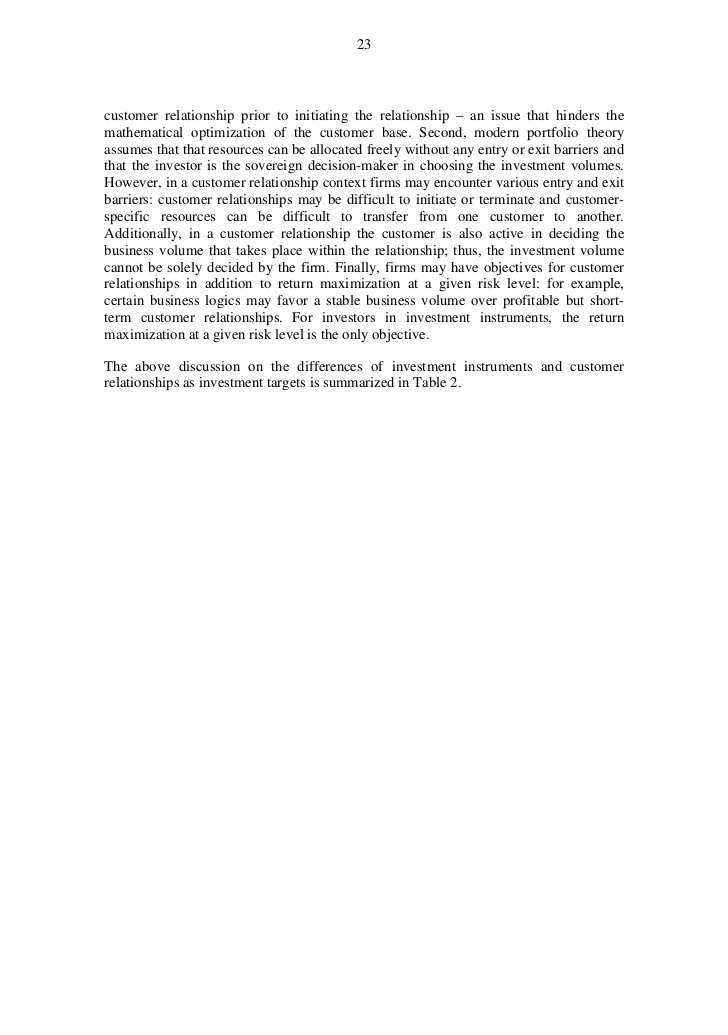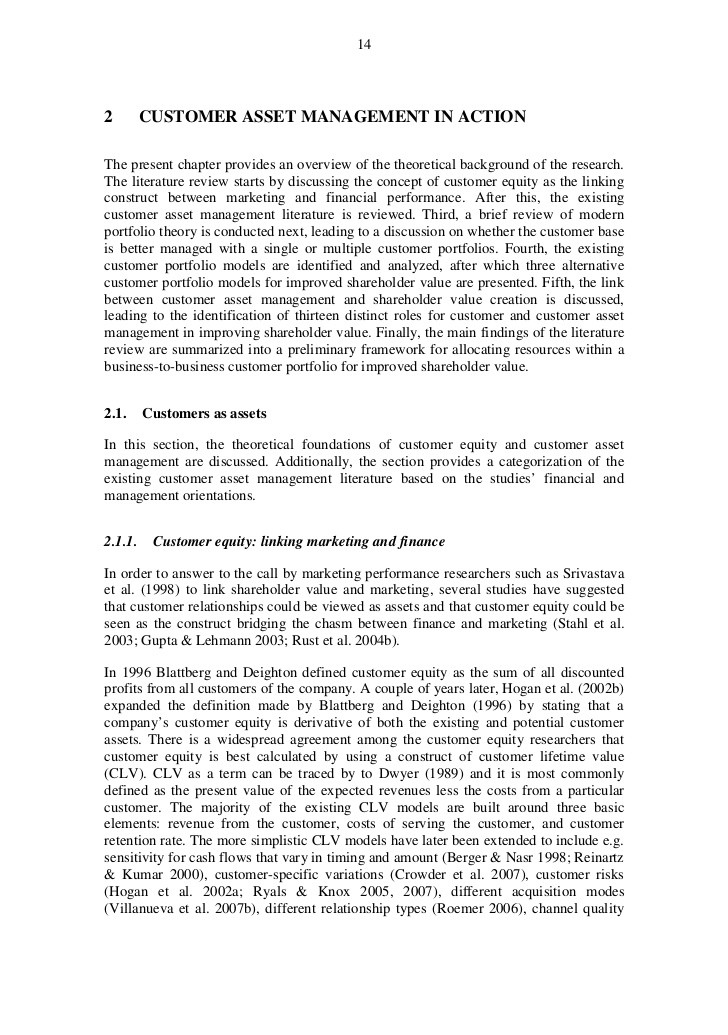Portfolio Concentration v T T Capital Management
Post on: 8 Июнь, 2015 No Comment

February 10, 2014
“Diversification is protection against ignorance, but if you don’t feel ignorant, the need for it goes down drastically.” Warren Buffett
Probably the biggest misconception of the financial services industry is the idea that there is a direct correlation between diversification and safety. This might apply to an advisor that doesn’t perform extensive research or have knowledge of business fundamentals, who would be wise to use mutual funds or ETFs to cover up for those deficiencies. It certainly doesn’t apply if the advisor has a deep understanding of the businesses and securities in which he/she is investing in. There are reasons why Warren Buffett did not have a losing year when he was running the Buffett Partnership L.P. despite several down years for the Dow. During that time period when he managed less money; he was less diversified and he utilized different strategies such as merger/arbitrage to make money even when the markets were quite negative. This is very much the tact that we take at T&T Capital Management (TTCM) where we eschew conventional asset allocation models and instead emulate the strategies of those investors’ that have been most successful over the long-term. Below I will provide an example of how a more focused portfolio can actually be both considerably safer and more profitable than the overly diversified approach that most advisors recommend.
Stocks should be evaluated both on absolute basis and on a relative basis against alternatives such as bonds, real estate and cash.
10-year Treasury rate = 2.71%
AA rated bonds = 2.25%
Triple-B rated bonds = 3.57%
High Yield Constrained = 5.65%
Source: WSJ

As you can see, fixed income offers paltry returns and considerable interest rate risk for longer-term bonds. Remember that the rule of thumb is that a 1% increase in interest rates generally results in a 16% loss in principle on a 30-year treasury bond.
The earnings yield for equities is the inverse of the price/earnings ratio and is reflective of what the company would be able to pay out if all earnings were distributed to shareholders. It is comparable to the yield on bonds in many ways except that a portion or none of the yield might be paid out via dividends or stock buybacks, while the rest of it might be reinvested into the business. Often retained earnings and the compounding of these retained earnings on good businesses can lead to explosive growth, far beyond what bonds can hope to achieve, as your best bet with bonds is getting your money paid back in full at the end. Stocks tend to be more volatile than bonds but at TTCM the primary risk that we concern ourselves with is the risk of taking permanent losses of capital, as opposed to short-term mark to market fluctuations.
Trailing Twelve Month Earnings Yield on S&P 500 = 5.9%
As you can see the S&P 500 is quite a bit more attractive than bonds given that these earnings will likely grow over time but on an absolute return basis, the 5.9% potential return is not very attractive. Most stock mutual funds are basically proxies for the S&P 500 but statistically about 3/4ths underperform the index. At TTCM, we use a concentrated approach to investing and I’ll show the statistics for some of our larger positions so that you can determine, which style of investing is more attractive. I used a 10% return on equity assumption, which is at the very low end of what normalized earnings will be for the following companies.
Normalized Earnings Yield on AIG = 12.5%














